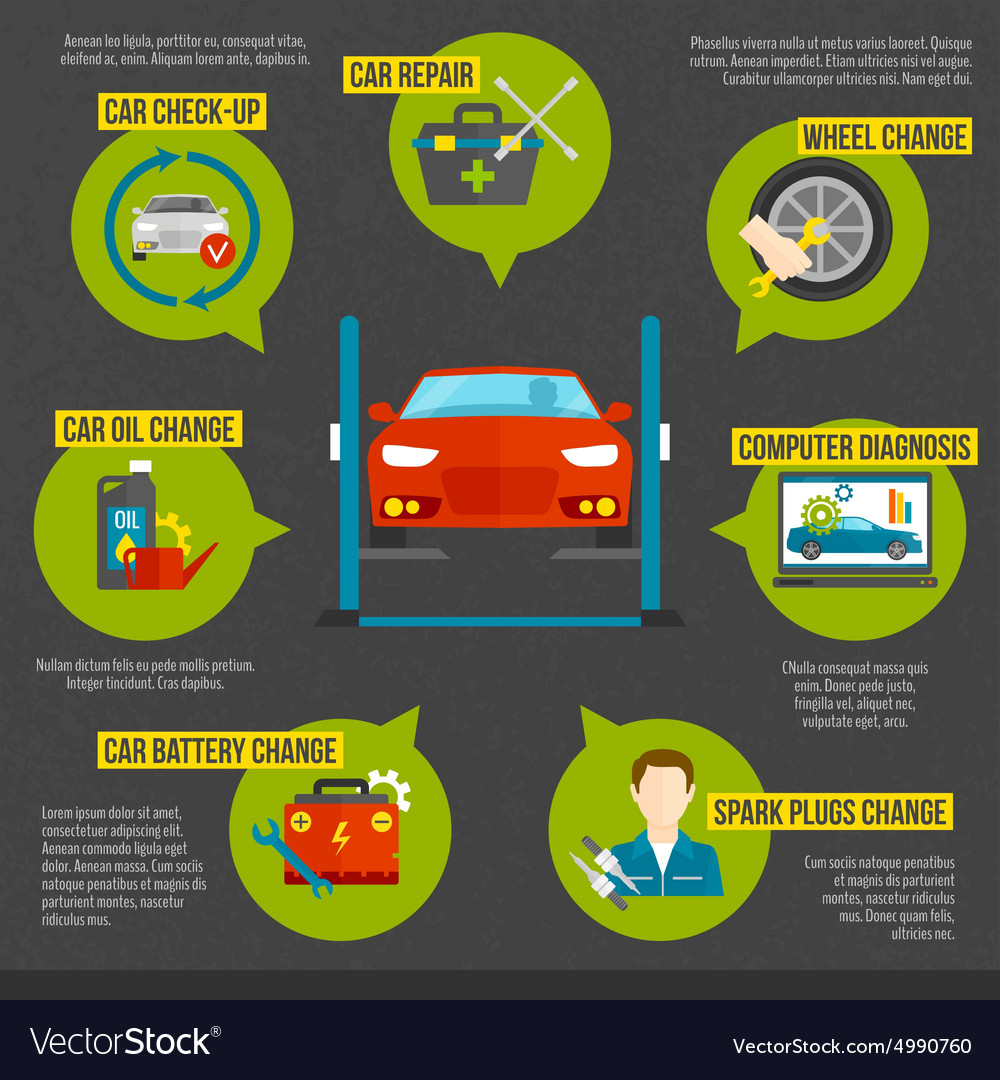Wondering Concerning The Meaning Behind Those Control Panel Caution Lights? Gain Understandings Into Their Ramifications For Your Automobile'S Safety And Maintenance
Wondering Concerning The Meaning Behind Those Control Panel Caution Lights? Gain Understandings Into Their Ramifications For Your Automobile'S Safety And Maintenance
Blog Article
Article Created By-Faulkner Winters
When you lag the wheel, those radiant caution lights on your dashboard can be a little bit perplexing. Do you understand what they're trying to inform you regarding your vehicle's health? Recognizing the importance of these lights is crucial for your safety and security and the longevity of your automobile. So, the following time among those lights appears, would not you want to understand its message precisely and take the essential actions to resolve it?
Common Caution Lights and Interpretations
Recognize usual warning lights in your cars and truck and recognize their significances to guarantee risk-free driving.
The most regular caution lights consist of the check engine light, which indicates concerns with the engine or exhausts system. If this light comes on, it's essential to have your vehicle inspected quickly.
The oil stress alerting light suggests reduced oil stress, calling for instant focus to prevent engine damage.
A blinking battery light might recommend a damaged charging system, possibly leaving you stranded if not addressed.
The tire stress monitoring system (TPMS) light alerts you to low tire stress, impacting lorry security and fuel performance. Ignoring this might bring about hazardous driving conditions.
The abdominal muscle light suggests a problem with the anti-lock stopping system, compromising your ability to quit swiftly in emergency situations.
Finally, the coolant temperature level cautioning light warns of engine getting too hot, which can result in serious damages if not resolved quickly.
Understanding these usual caution lights will aid you attend to issues promptly and maintain risk-free driving conditions.
Relevance of Prompt Interest
Understanding the typical caution lights in your vehicle is just the initial step; the value of without delay addressing these warnings can't be emphasized sufficient to guarantee your security on the road.
When a caution light illuminates on your dashboard, it's your vehicle's means of connecting a possible concern that requires interest. Disregarding these cautions can bring about much more extreme issues later on, compromising your safety and possibly costing you extra in repairs.
Trigger attention to advising lights can prevent failures and crashes. For visit the up coming site , a blinking check engine light can indicate a misfire that, if left neglected, can create damages to the catalytic converter. Resolving this without delay can save you from a costly repair service.
Similarly, a brake system alerting light could signify low brake fluid or used brake pads, vital elements for your safety when driving.
Do It Yourself Troubleshooting Tips
If you notice a warning light on your dashboard, there are a few do it yourself troubleshooting suggestions you can try prior to looking for professional assistance.
The first step is to consult your automobile's manual to understand what the particular warning light suggests. In howick car wash can be as easy as a loose gas cap causing the check engine light. Tightening up the gas cap might resolve the problem.
An additional common problem is a low battery, which can trigger different alerting lights. Examining https://shanesnidx.ttblogs.com/9828233/insights-from-the-area-a-professional-auto-detailer-s-guide-to-finest-practices for rust and ensuring they're secure could take care of the problem.
If a warning light continues, you can attempt resetting it by disconnecting the vehicle's battery for a couple of minutes and afterwards reconnecting it. Additionally, examining your lorry's fluid degrees, such as oil, coolant, and brake liquid, can assist repair warning lights associated with these systems.
Conclusion
To conclude, understanding your auto's warning lights is important for maintaining your automobile running efficiently and securely. By quickly dealing with these alerts and recognizing what they mean, you can avoid expensive repairs and possible malfunctions.
Remember to consult your automobile's handbook for specific details on each cautioning light and act as necessary to make sure a trouble-free driving experience.
Stay notified, stay secure when driving!
